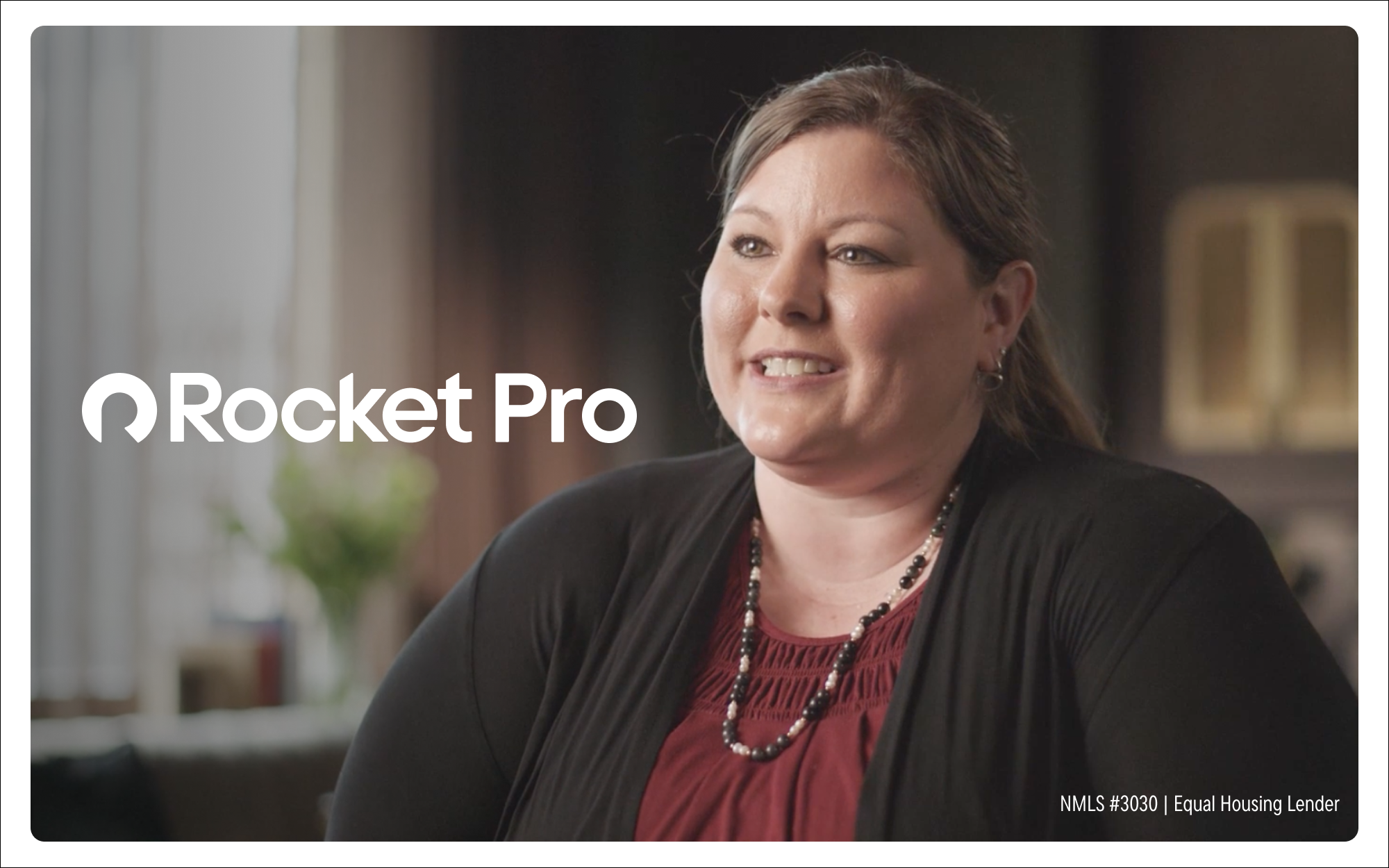By working with local car dealers and using new lending technology, community banks can boost their presence in the auto lending sector.
How To Drive Auto Loan Opportunities
July 08, 2024 / By Beth Mattson-Teig
By working with local car dealers and using new lending technology, community banks can boost their presence in the auto lending sector.
Auto financing has traditionally been a tough market for community banks to tap into due to stiff competition from larger banks and captive auto lenders, the financing subsidiaries of auto manufacturers. Yet, grabbing even a small slice of the roughly $1.2 trillion in annual auto sales can be a lucrative business.
Based on fourth quarter 2023 data from the National Automobile Dealers Association (NADA), captive auto lenders accounted for 61.2% of new vehicle financing, followed by banks at 20.4%. So, there’s plenty to play for.
A key first step for community banks is to decide where they want to focus their time and resources. Do they want to court direct-to-consumer lending, forge a path into indirect auto financing within dealerships, or leverage a combination of the two?
Auto financing veteran
1st National Bank of Scotia in Scotia, N.Y., is a veteran when it comes to auto financing. The $660 million‑asset community bank has been active in the space since it first opened its doors in 1923.
Although the bank participates in both direct and indirect auto financing, indirect lending is its bigger focus today; it accounts for 25% to 30% of the community bank’s total lending volume.
1st National Bank has built relationships with 90 dealers, roughly half of which send the bank deals on a monthly basis. One of the secrets to that success is good old-fashioned networking. The community bank’s team of lenders, which includes a retired auto dealer, routinely reach out and visit dealerships, sitting down for a cup of coffee to stay connected.

According to president and CEO John Buhrmaster, dealers choose to do business with and finance their auto loans through community banks over larger institutions because of the superior service. The finance managers want to work with lenders who they know can get deals done.
“You have to be competitive in the rate in order to get in the game, but dealers are there to move the metal,” Buhrmaster says.
Kindling financing opportunities
Some common themes for growing both direct-to-consumer and indirect auto lending are cultivating strong relationships, speed and technology.
“You have to invest in the right systems to streamline the dealer’s experience and the customer’s experience as they’re looking to apply for a loan,” says John Mizzi, cofounder and CEO of New York City‑based Vero Technologies, which offers wholesale financing and loan servicing software. Speed is also critical for borrowers looking for a quick close that allows them to drive off the lot with their vehicle the same day.
“The banks that we’ve seen be most successful in the indirect lending or consumer financing space,” Mizzi adds, “are the banks that have dedicated teams that support the build-out of relationships with the dealers across their communities or markets and are consistently getting in front of those dealers and making sure that they’re top of mind.”
Comprehensive offerings for dealerships
One advantage community banks offer over their competitors is that they can provide a broader menu of financial solutions for those dealers.
“Community banks can offer a suite of credit products that dealerships need in order to entrench themselves in that relationship,” adds Mizzi.
Community banks can also gain an edge with their flexibility and ability to deal with unique situations. For example, 1st National Bank has carved out a niche by looking beyond a borrower’s credit score. Its lenders look for borrower stability in areas such as length of employment and the time spent in a particular type of job or industry. If there are delinquencies, did they occur at the same time or during COVID-19? Was there a gap of employment where they had a problem?
In some cases, a 1st National Bank lender will look at a deal that a dealer sends over and say, “If you can get another $1,000 down, we can do the deal.” And then, says Buhrmaster, they are able to make the loan work for the buyer and the dealer.
Traditionally, the way the industry has worked is that people shop for a car, decide on a purchase and then sit down with the finance or business manager at the dealership to figure out how to pay for it. Banks tend to capture direct-to-consumer loans from buyers who are shopping for pre-owned vehicles outside of dealers, who want the ability to walk into a dealership with all cash, or who simply like the trusted relationship they have with their local banker.

Personal touch
Buying a vehicle can be an intimidating process for consumers, especially in today’s market, where things are constantly changing in terms of interest rates, pricing and vehicle technology.
“One of the big benefits of going through the bank for your auto loan is the personalized service,” says Amber Huschka, a regional banking manager at $13.7 billion-asset Bell Bank in Fargo, N.D. “It’s comforting to know you have someone on your side who wants you to get the best out of that purchase and be happy with it.”
Community banks work with customers before, during and after a loan closes. Before customers go out and fall in love with a car, bankers can have important conversations about their budget and determine a comfortable monthly loan payment amount.
“The opportunity to do auto financing is just one small snippet of the services we’re offering our customers,” says Huschka. “We really try to educate customers on all financial decisions to help set them up for success.”
The process of auto financing is opaque, and consumers typically are not educated in it. The dealer is the beneficiary of the loan, the originator of the loan and the retailer, which leads to potential conflicts, according to Patrick Bayliss, CEO and cofounder of Carputty, a data and software company that provides solutions for auto financing.
“Community banks can lift the veil of that secrecy, have some technology tools that show example savings and then be able to provide concierge service that also has their full suite of banking products,” Bayliss says.
Leveraging technology
Technology is changing some of the traditional norms around the auto financing process.
“You’re definitely seeing a high level of what people refer to as self-serve processes in the market,” says Bayliss. Consumers are becoming more and more comfortable with online financing options across a variety of loan products.
“For the future of community banks, they need to be able to attract the younger, more technology-savvy consumer that wants to have this type of experience but also still wants to have a direct relationship,” he adds.
For example, 1st National Bank saw its direct-to-consumer business dip when online car loan applications first came out. However, that has rebounded as the community bank added its own online application and digital onboarding software.
Now, the bank is further enhancing its online capabilities by linking them to promotions, such as sending out promotional emails to its established customers with a coupon for a discount on a five-year loan with an embedded link to the online application.
“Customers want to do business with you, and they may not know you do car loans,” says Buhrmaster. “Your rates have to be competitive, but you will be surprised [by] how many people take you up on it.”
3 tips to help scale indirect financing
Participate in one of the alternative aggregator platforms, such as Automatic USA. Such up-and-coming platforms apply a similar concept as Dealer Tracker and Route One to a smaller universe of potential lenders.
Build relationships with dealers, so that they understand what type of credit box your bank is looking for and what type of deals you’re willing to fund. Look for ways to deepen dealer relationships, such as by offering other business banking services, C&I loans or floorplan financing programs—financing that gives a dealership the capital to stock the inventory on their car lots.
Stay informed about new solutions. Creating dealer relationships often requires specific technology, staffing and the ability to integrate with these very large national platforms, so smaller community banks may not have the bandwidth to partake in this strategy. However, there are “business in a box” software solutions that community banks can integrate to help create efficiencies, particularly on the loan servicing end, that can help banks handle a larger-scale business.
Subscribe now
Sign up for the Independent Banker newsletter to receive twice-monthly emails about new issues and must-read content you might have missed.
Sponsored Content
Featured Webinars
Join ICBA Community
Interested in discussing this and other topics? Network with and learn from your peers with the app designed for community bankers.
Subscribe Today
Sign up for Independent Banker eNews to receive twice-monthly emails that alert you when a new issue drops and highlight must-read content you might have missed.
News Watch Today

Join the Conversation with ICBA Community
ICBA Community is an online platform led by community bankers to foster connections, collaborations, and discussions on industry news, best practices, and regulations, while promoting networking, mentorship, and member feedback to guide future initiatives.













